Crippled by 1973’s fuel crisis, DeTomaso’s luxe two-door never hit its stride
Having recently covered the DeTomaso Deauville, in which we dangled the same company’s Longchamp under your nose, we thought we had better tell you the story of this vanishingly rare coupe, because it stands to reason that you’re now desperate to know more.
Had it not been for the Deauville, the 1972 Longchamp would never have been created, because the two vehicles shared the same platform and running gear. That meant there was a 351-cubic-inch Ford Cleveland V-8 up front, which drove the rear wheels via a three-speed Ford automatic transmission. But whereas that V-8 was tuned to produce 275 hp in the Deauville, this was upped to 330 in the more sporting Longchamp.
DeTomaso unveiled the four-door, four-seat Deauville at the 1970 Turin Salon; the encore came two years later at the same show. The Longchamp name was shared with the famous Parisian horse-racing course. As with the sedan, the new 2+2 coupe was designed by Tom Tjaarda while he was working with Ghia, the Italian design consultancy. His start point was a defunct concept that he had designed for Ghia back in 1969: the Marica, which was based on a Lancia Flaminia.

Tjaarda’s brief had been to come up with something that would take on the Aston Martin DBS V8, Jensen Interceptor, Ferrari 365 GT4 2+2, Lamborghini Jarama, and Iso Lele. However, by the time the Longchamp was unveiled, the Mercedes 450SLC had become a reality, and the Benz looked more like the DeTomaso than any of those more exclusive alternatives.
Exclusive they all were, because within a year of the Longchamp’s arrival, the luxury car market would be thrown into disarray as the oil crisis hit. Petrol prices quadrupled and the idea of running a 12-mpg car wasn’t so appealing.
Underpinning the Longchamp was a monocoque chassis developed by ex-Lamborghini supremo Gian Paolo Dallara. As with the Deauville, there was independent suspension front and rear, a Salisbury axle, and inboard rear brakes (discs all round). The rack-and-pinion steering was power-assisted.
Doug Blain was one of the few, if not only, British journalists to drive the Longchamps in period, for CAR magazine.
He wrote: ‘The Longchamp may not feel like a sports car, but it certainly goes like one […] It accelerates strongly to well over 100 mph and was by no means flat-out at an indicated 125 mph, which was the highest figure I saw. In fact, though, there were only about 500 rpm in hand, which indicates that the true maximum is probably well short of the claimed 150.”
Blain continued: “It’s a professional piece of work alright, soaking up even bad bumps without undue noise or disturbance, while getting on with its primary job of covering the ground quickly. It feels less like a Merc than a GT car in the Modenese tradition. This is to say that it is cruder, but also more sporting, in the accepted sense.”
The conclusion came: “Judged by the kind of yardstick real-life owners are likely to apply, the Longchamp is a hard car to fault. It is undoubtedly safe to drive fast, and considering some of the limited resources of the manufacturer, it is surprisingly well sorted in areas such as ride and noise suppression.
“Even more important, it is essentially strong and well balanced and honestly made, and because of its relative simplicity it is the kind of car you can expect to go on running with minimal attention even in the virtual absence of any kind of service facilities outside the main import centers, which of course means London.’
Longchamp sales continued throughout the ’70s at a trickle, before a facelifted car was unveiled. Most of those Series 1 editions were fitted with a three-speed Ford automatic transmission, but 17 left the factory with a ZF five-speed manual gearbox.
The Longchamp Series 2 was launched at the 1980 Turin Motor show. Now called the Longchamp GTS-E, there were now Campagnolo wheels—the same as on the Pantera GT5—plus flared wheel arches. The suspension was also slightly revised. The quad headlights were now Audi Quattro items, in place of the previous dual Ford Consul/Granada ones. A convertible concept was also shown, produced by Milanese coachbuilder Carrozzerria Pavesi, and this would eventually go into limited production.
Longchamp production limped on until 1989, by which point just one or two were being made each year. In 1986, none were made at all, so production was incredibly sporadic. By the time the last Longchamp was made in 1989, its list price had risen to £41,500, although the convertible was a hefty £75,000. At that time an Aston Martin V8 cost £92,000, a Bentley Continental R was £106,000, a Ferrari 412 was £82,000 and a Mercedes 560 SEC was £63,000, so the DeTomaso wasn’t insanely priced—just a left-field choice.
DeTomaso claims that 410 Longchamps were made in all; 394 coupes and 16 convertibles, but how reliable such numbers are is open to conjecture, because as with the Deauville, there are gaps in the chassis number sequences.
Check out the Hagerty Media homepage so you don’t miss a single story, or better yet, bookmark it.
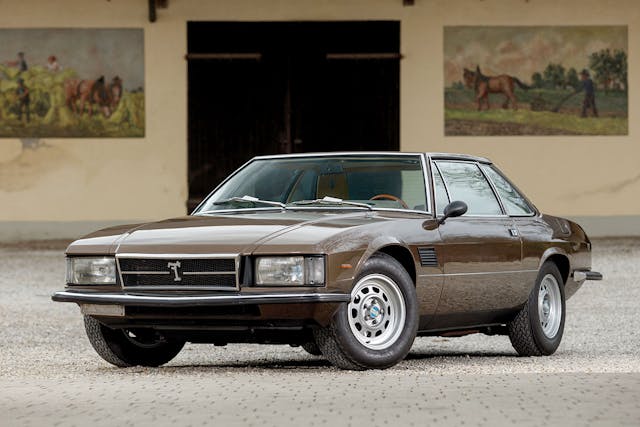
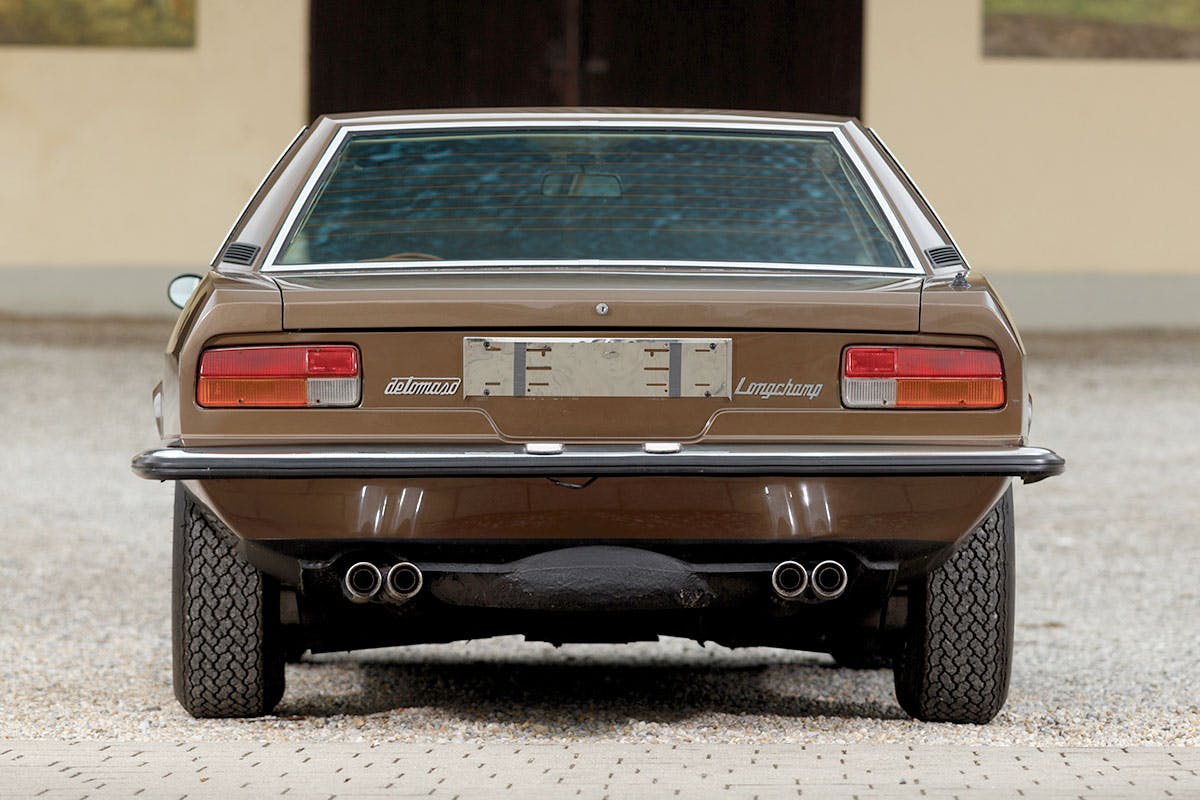

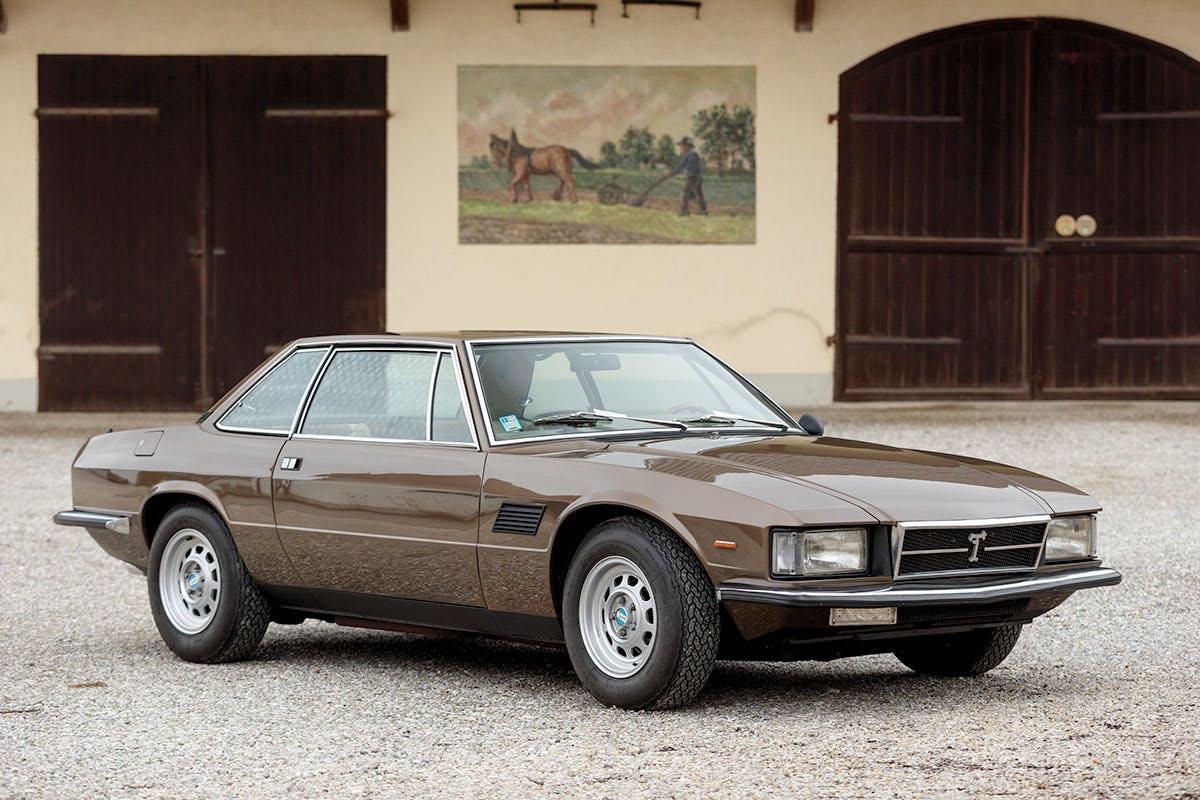

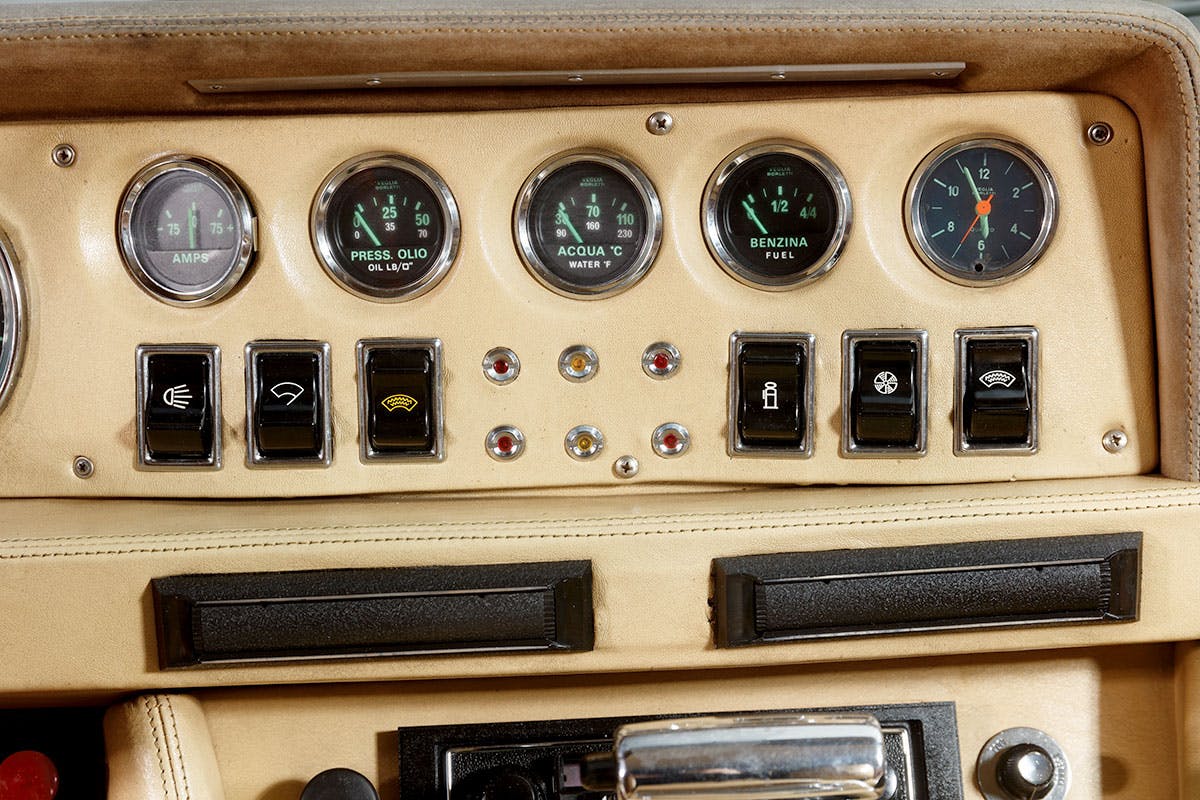
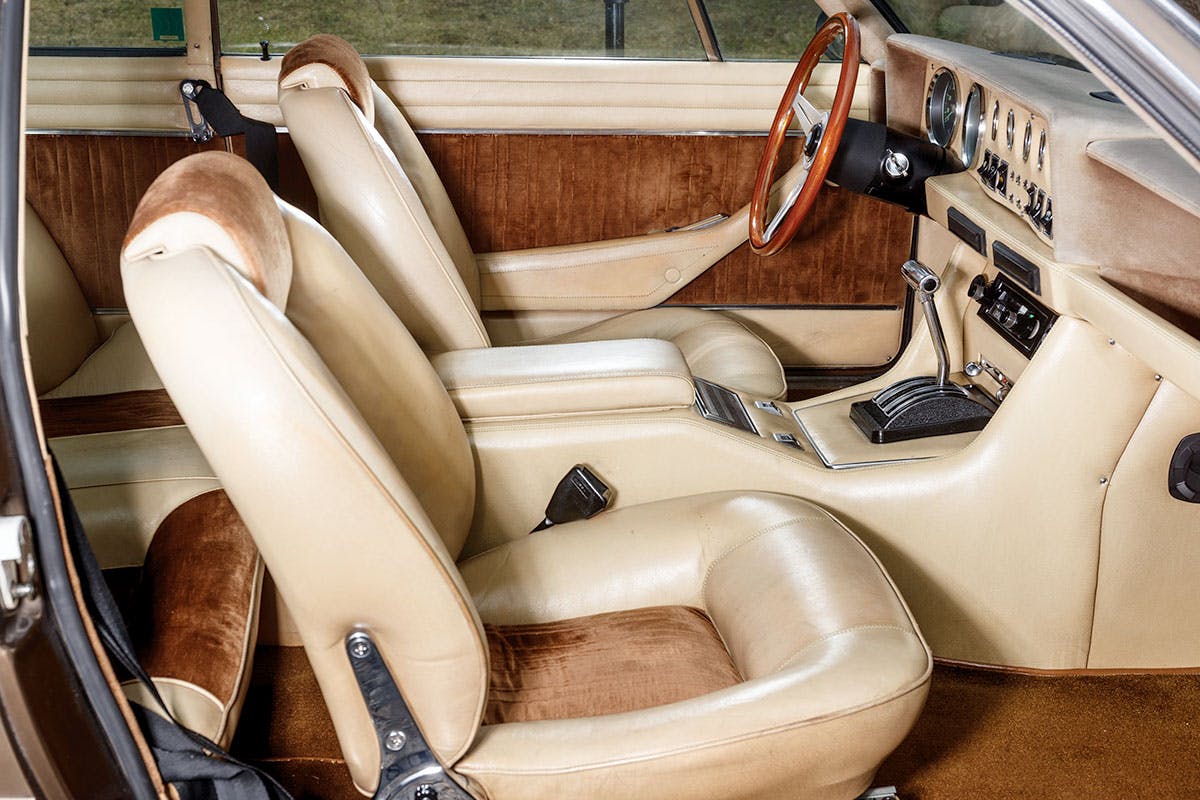


I’m seeing some Ferrari 400i in the coupe.
TOTALLY
Walkin’ through the mall with my bestie last week and she pointed out a store called Longchamps… said to her “I see that and think of a DeTomaso I have always loved” and whaddaya know, this pops up a couple o’days later.
Weird and wonderful world we live in.
One of those cars that make you wonder “what could have been” if the stars had aligned in favor to that model and the company as a whole. They always looked real muscular with the big fender flares
This is the first time Hagerty messes up. The Engine was a Cleveland 351, not a Windsor. The chassis welded integral, with subframes and bracing, not a ladder frame.
Thank you for pointing that out, we have addressed both errors!